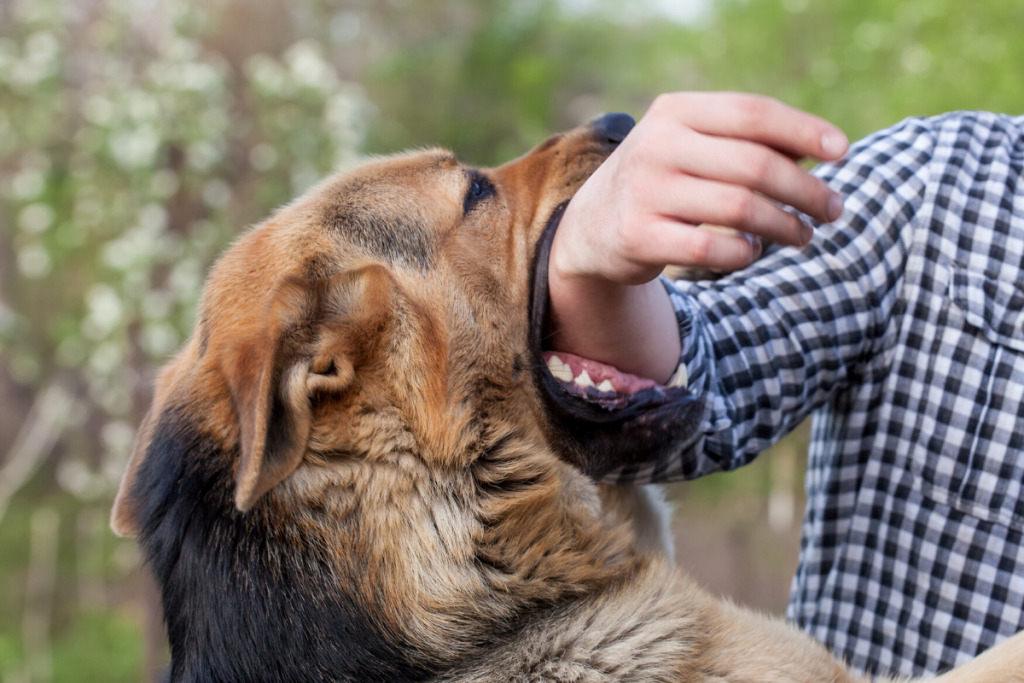
Though often perceived as minor, dog bites can result in serious legal ramifications for both dog owners and victims. Knowing the intricate dynamics of liability in such cases is paramount for navigating the legal landscape effectively. The Centers for Disease Control and Prevention states that nearly 4.7 million dog bites occur annually in the United States, with almost 800,000 requiring medical attention.
Furthermore, the Insurance Information Institute reports that dog bite claims accounted for over $800 million in liability costs in 2019 alone. Against this backdrop, determining liability in dog bite cases becomes a crucial endeavor.
This article aims to shed light on the complexities surrounding liability in dog bite cases, offering valuable insights for dog owners and victims.
Through a comprehensive analysis of relevant factors and case studies, we seek to equip readers with the knowledge to navigate these challenging legal waters effectively. Read on.
Dog Behavior and Aggression History
Grasping a dog’s behavior and its history of aggression is pivotal in evaluating liability in dog bite cases. Drawing from credible data provided by the American Veterinary Medical Association, certain breeds are statistically more prone to biting incidents. For instance, Pit Bulls, Rottweilers, and German Shepherds are often involved in severe dog attacks. However, it’s crucial to note that breed alone does not dictate aggression; individual temperament and training significantly influence it.
Moreover, assessing a dog’s history of aggression is essential in determining liability. If a dog has previously exhibited aggressive behavior or has a documented history of biting incidents, owners may be held accountable for failing to take adequate precautions. Research from the CDC supports this, indicating that dogs with a history of aggression are more likely to bite again, primarily if owners do not address the behavior through proper training and management.
Owner Knowledge and Liability
Owners of dogs bear a legal duty to avert their pets from causing harm to others. This obligation encompasses being cognizant of their dog’s aggressive tendencies and taking appropriate measures to mitigate the risk of bites. Neglecting this responsibility can lead to liability for any injuries caused by the dog.
Statistics from the Insurance Information Institute highlight the financial implications of dog bite liability for owners. In 2019, the average cost per dog bite claim was over $44,000, with total claims exceeding $800 million. These costs encompass medical expenses, legal fees, and compensation for pain and suffering, underscoring the importance of owner diligence in preventing dog bites.
Compliance with Leash Laws

Leash laws differ across jurisdictions but generally mandate dogs to be under control and restrained in public spaces. Adhering to these laws is pivotal in deciding liability in dog bite cases. If a dog is off-leash and attacks someone, the owner may be held responsible for not complying with local regulations.
According to data from the National Canine Research Council, leash laws significantly reduce the incidence of dog bites and attacks. Communities with strict leash laws experience fewer dog-related incidents than areas with lax enforcement. This highlights the role of proactive legislation in promoting public safety and holding owners accountable for their pets’ actions.
Jurisdictional Laws
The legal framework surrounding dog bite liability varies from state to state, adding complexity to these cases. Some states follow the “one bite rule,” which holds owners liable only if they know their dog’s propensity to bite. In contrast, others have strict liability statutes, imposing responsibility on owners regardless of their knowledge of the dog’s behavior.
Statistics from legal databases illustrate the diversity of dog bite liability approaches across states. For example, California, Illinois, and New York have strict liability laws, while Texas and Ohio adhere to the one-bite rule. Comprehending the legal landscape in a particular jurisdiction is essential for effectively navigating dog bite cases and advocating for victims’ rights.
Legal Precedents and Case Studies
Analyzing past legal precedents and case studies provides valuable insights into liability determinations in dog bite cases. The courts consider various factors in determining liability, including
- The severity of the injuries
- The dog’s history of aggression
- The owner’s actions leading up to the incident
Research from legal databases highlights the significance of precedent in shaping outcomes in dog bite cases. For example, landmark cases such as Byrne v. Boadle (1863) established the principle of strict liability for harm caused by a defendant’s negligence, setting a precedent for future dog bite litigation. Studying these cases not only provides insights but also guides attorneys in anticipating potential arguments and crafting compelling legal strategies for their clients.
Conclusion
In conclusion, navigating the complexities of dog bite liability requires a comprehensive understanding of canine behavior, owner responsibilities, legal frameworks, and effective legal representation. These are crucial in securing justice for victims and holding them accountable for their actions.
In Case You Missed It!











